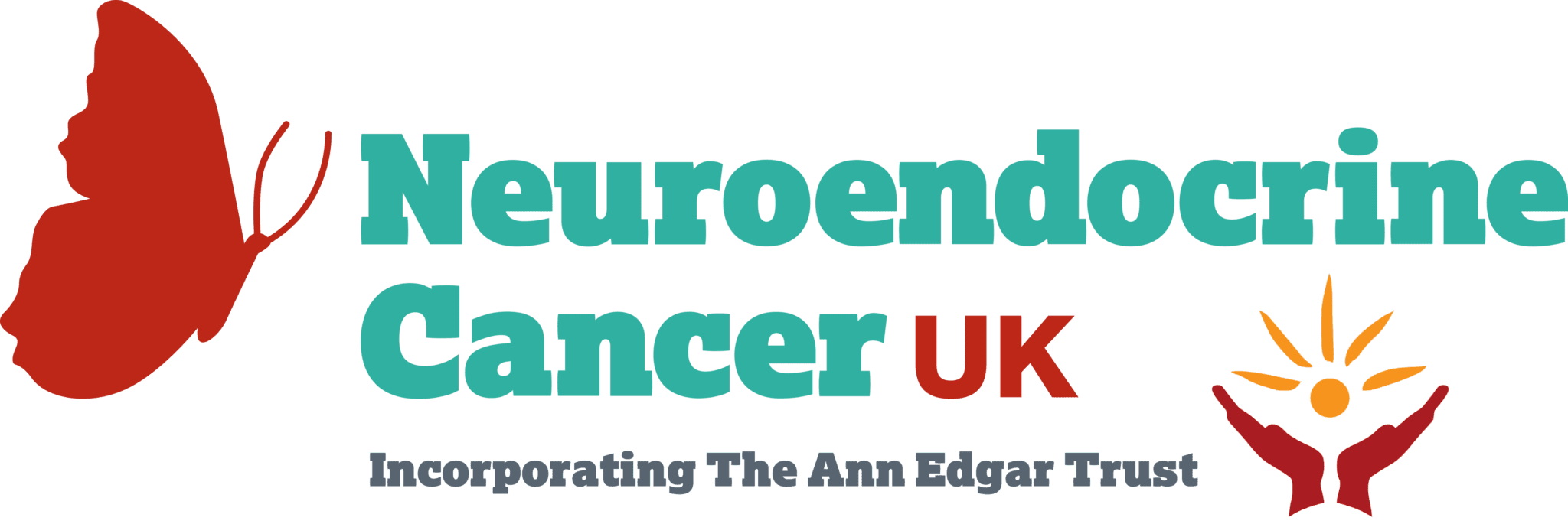Review of Carcinoid Syndrome: what is is and how it is treated by Joel George et al (Hampshire Hospitals and Kings Healthcare Partners ENETs Centre of Excellence)
Online Publication Date: 19 Jun 2023
Neuroendocrine Cancers (aka neuroendocrine neoplasms or NENs) may secrete as many as 40 vasoactive substances, , including tachykinins, histamine, prostaglandins, kallikrein – and possibly the most significant serotonin (5-HT).
Carcinoid Syndrome (CS) is caused by the secretion of several of these vasoactive substances, the most prominent being serotonin but there are a number of potential management options including medical, surgical and interventional radiological procedures, which aim to reduce serotonin production and improve quality of life.
CS is the most frequent hormonal complication associated with neuroendocrine neoplasms. It was first reported in 1954, and the classical symptoms are diarrhoea, flushing and abdominal pain.
The most easily accessible diagnostic test for CS (alongside clinical assessment) is 24-h urine collection for 5-hydroxyindole acetic acid (5HiAA). The accuracy of this marker is higher for midgut NENs (due to greater production of 5-HT) compared to hindgut and foregut primary sites: but false-positive or false-negative results can occur if certain foods or medications are consumed within a 72-hour window before and then during the 24hr collection.
(A list and/or instruction sheet should be available from your specialist team)
The level of 5-HIAA measured in the urine usually correlates with the tumour size; however, correlation with clinical severity is weaker, due to the inconsistent release of 5-HT from the tumours and it should be noted there are instances where a marked evaluation of urinary 5-HIAA is not seen in CS.
Treatment options should be discussed within an multidisciplinary team (MDT), and choice of 5HT inhibition should be personalised to the patient: it plays a key role in the treatment of CS, quality of life (as reported by patients), patient outcomes and the resultant cost to the wider health system.
The full, open access, review is available to read here
Neuroendocrine Cancer UK booklet on Syndromes is available here and for further information visit our Understanding Neuroendocrine Cancer page
